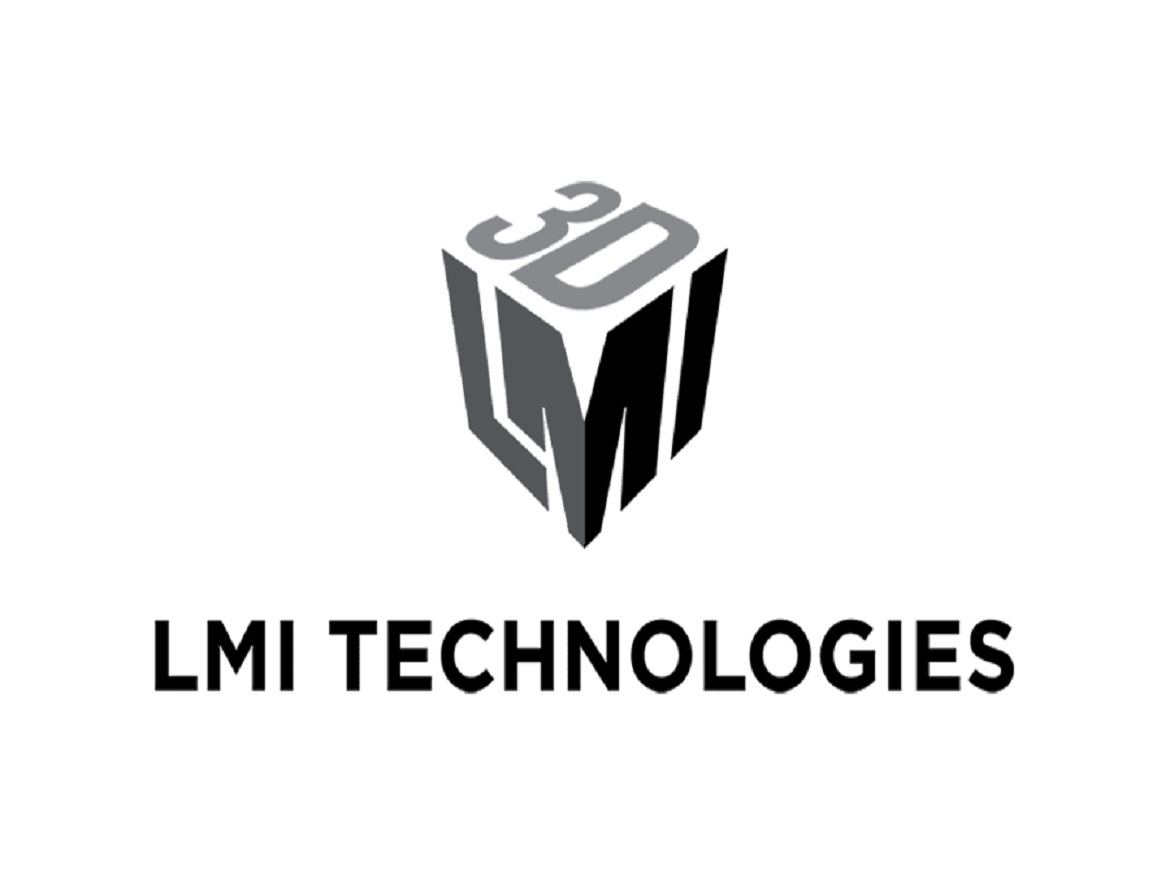Purchasing a 3D scanning technology, whether it is used for 3D inspection, measurement, or visualization, can be a challenging experience for even the most seasoned decision-maker.
With so many solutions available on the market claiming to have the fastest scan speeds, highest resolutions and accuracy, and the ability to deliver the exact results you need, how can you know for certain which one will be able to solve your business problem after purchase?
Here are three suggested techniques to help you find the right 3D scanning solution for your needs.

1. Define your production goals and application requirements.
Start by identifying the main production goals you need to achieve (e.g., 100% inline quality inspection) then work your way down to the finer details such as the transport system type/configuration, throughput requirements, part dimensions/material type, and required sensor performance specifications such as speed, resolution, and field of view. You should also have a clear budget and timeline for your project in mind. The more details you can gather at the outset, the better. And don’t worry if you are unsure about a specific requirement. Simply make a note to refer to when you begin your conversations with different vendors and they will be able to help you fill in the gaps.
Narrowing down your application criteria in this way will help bring into focus the most viable options as you conduct your search, not only in terms of performance but also cost. Once you’ve started your search, try to resist purchasing and implementing the first solution you find. Take your time and consider multiple options. When you’re satisfied you have all the details you need, make a final decision based on the best match for your requirements.

2. Analyze and understand reported specifications on a datasheet.
When evaluating similar scanning products from multiple vendors you should always look at the technical specifications on datasheets with a critical eye. The truth is there are no industry standards that hold each vendor accountable for providing technical specifications using the same methodology. This means the methods used to achieve important reported specification values (e.g., maximum scan rates, X resolutions) may vary slightly (or significantly) from product to product and vendor to vendor. As a result, it is difficult to compare each product apples-to-apples purely based on the reported specifications in a datasheet.
The best way to solve this challenge is to talk to your vendor directly once you’ve reviewed the datasheet on your own. They will be able to help you understand their organization’s chosen methods for calculating the reported specifications. They will also be able to tell you how their methods might differ from competing vendors, and how that might impact your particular application. Also, be sure to ask if the vendor has any customers who are using or have used the product in a similar application to yours. This can uncover useful technical details, insights, and even potential challenges you might not have been aware of otherwise. To hone your search even further, you can request that the vendor provide scan samples of your specific scan target to see their products’ reported performance capabilities in action.
With so many products on the market, analyzing and understanding reported specifications is an essential step in finding the right 3D scanning solution for your needs.

3. Look for a vendor that is not just a product provider, but rather a solutions partner.
Every project is unique, so it is essential that your vendor understands your project requirements in detail and works closely with you to develop and deploy the best scanning solution for your particular measurement and inspection challenge. A trusted vendor should also provide you with dedicated, personalized technical support for the lifecycle of their products – from helping you get your sensor up and running to offering ongoing assistance post-purchase.
This type of close customer-vendor partnership is now more than ever a key criterion in finding the right 3D scanning solution for your business.









